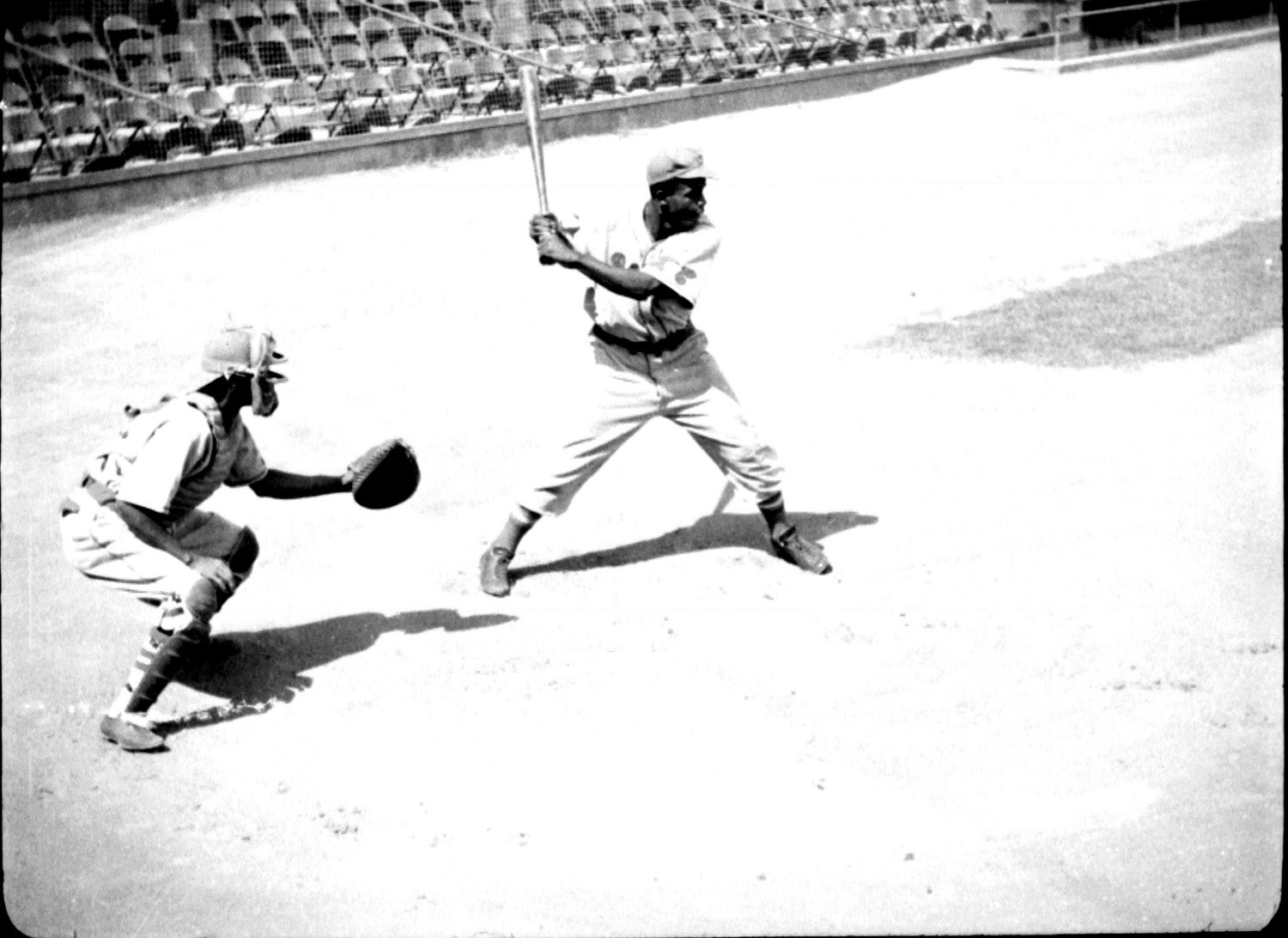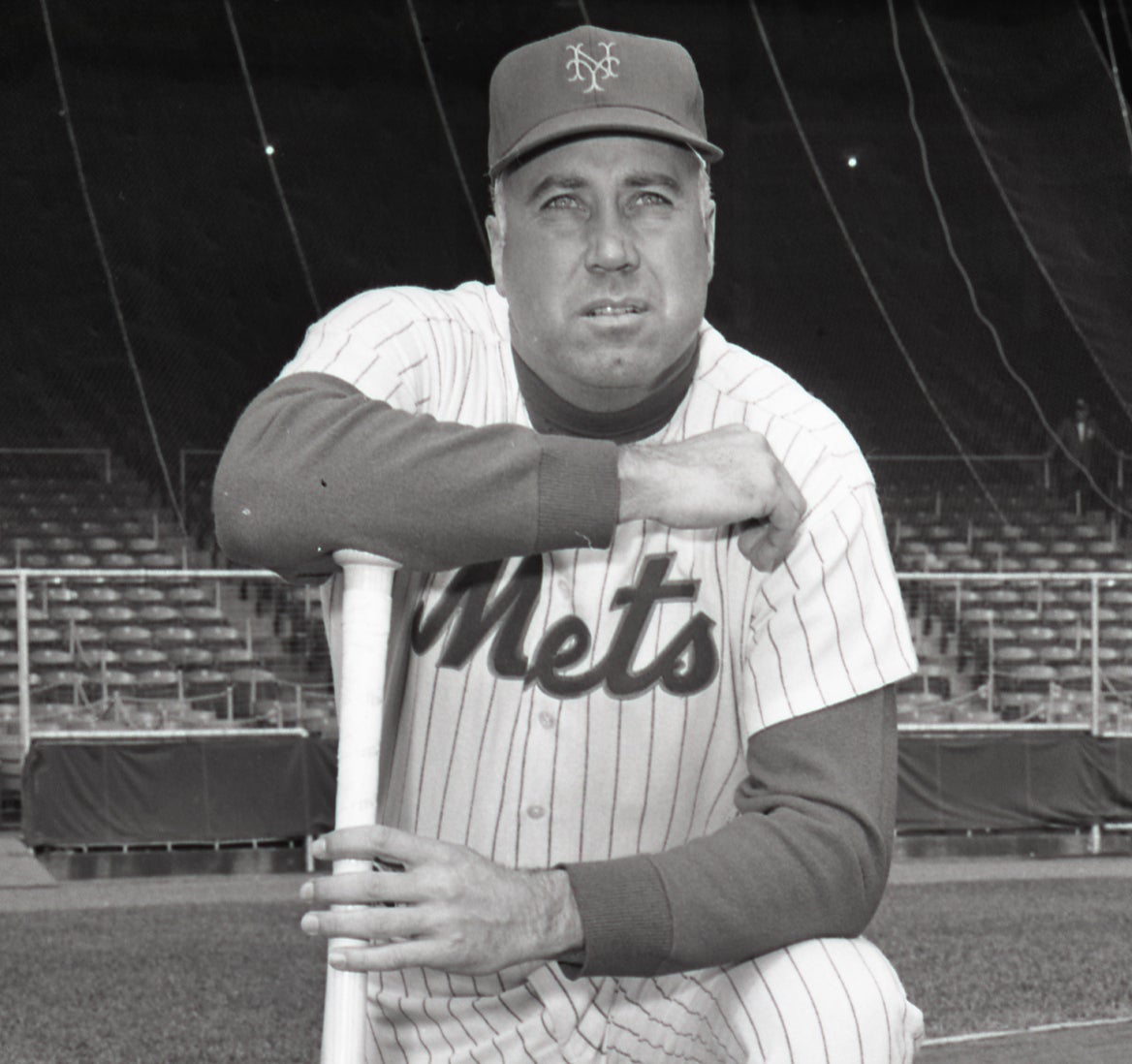- Home
- Our Stories
- Montreal’s Baseball History Dates back to Canada’s earliest days
Montreal’s Baseball History Dates back to Canada’s earliest days
With Tim Raines’ induction this summer as part of the Class of 2017, interest in reviving Major League Baseball in Montreal is once again at a high. Recent exhibition games at Stade Olympique involving the Toronto Blue Jays have piqued the interest of Montrealers and others seeking the return of America’s National Pastime to Canada’s Francophone metropolis.
Many associate Montreal baseball with the Expos, and, certainly, with Jackie Robinson playing with the Montreal Royals in 1946 prior to cracking the Dodgers’ lineup. But Montreal played a major role in the Dodgers’ success for much more than just a single season and over a dozen Baseball Hall of Famers once called Montreal ballparks home.
Even more, the Montreal Royals have a connection to Canadian political icons past and present.
Hall of Fame Membership
There is no simpler, and more essential, way to demonstrate your support than to sign on as a Museum Member.
According to Canadian baseball researcher William Humber, variations of baseball have been played north of the U.S. border since well before the British North America Act of 1867 united the British colonies of Canada, Nova Scotia, and New Brunswick.
The Act became effective on July 1, 1867, with the date becoming known as Dominion Day and, later, as Canada Day.
Quebecois immigrants to the United States in the 1ate 1800s, Humber writes, “despaired however of the lost French culture and language skills among their children. They sent them back to Quebec for a high school and college education but of course these Franco Americans brought their new hobbies with them, one of them being baseball.”
The earliest minor league teams known to exist in Montreal played in the International Association in 1890, though the two were short-lived. An early iteration of the Royals won the Eastern League pennant in 1898, but success was fleeting thereafter, even under future Hall of Famer Ed Barrow, who managed the club in 1904 and 1910. In the winter of 1918, Montreal ownership folded the team.
One of the younger members of Montreal’s 1917 squad was a 17-year-old New Yorker named Waite Hoyt, who fashioned a 7-17 record with a 2.51 ERA in what would be a dismal season for the Royals.
A second iteration of the Royals won the Class-B Eastern Canada League championship in 1923, but that squad, too, was gone before long.
As the 1927 World Series commenced in Pittsburgh on Oct. 5, word out of Montreal revealed George Stallings – manager of the Miracle Braves World Series team in 1914 – was arranging a transfer of the International League franchise from Jersey City. The Montreal Gazette named two board members, revealed that the remainder of the board of directors would be publicized in the days to come, and that these promoters took over Mascotte Park, at Ontario Street and de Lorimier Avenue, for construction of the ballpark.
Instantly in 1928, Montreal became the largest city in the minors. Not only that, but it also had the largest stadium in the minors. The Montreal Exhibition Company, Ltd., the club’s ownership group, also had the highest total of paid-in cash capital of all minor league teams. Indeed, according to newspaper sources, there were a great number of prominent individuals backing the club, including: Louis-Athanase David, lawyer and Quebec’s provincial secretary; Lord (William) Shaughnessy, who was a director in the Canadian Pacific Railway; and J.-Ernest Savard, a prominent Montreal stockbroker.
One individual associated with the ownership in Montreal was a lawyer and businessman who earned his money by building gas stations and investing in mining companies. His name was Joseph Charles-Émile Trudeau, the father and grandfather of Canadian Prime Ministers: Pierre Trudeau and his son, current prime minister, Justin Trudeau.
Hector Racine, Savard, and J.C.E. Trudeau would form their own syndicate, the Montreal Baseball Club Company, Ltd., to purchase the Montreal Royals in 1933, though the Montreal Exhibition Company would retain control of Delorimier Stadium, the team’s ballpark. Ever the baseball fan, Trudeau accompanied the Royals to Orlando for Spring Training in 1935. That was where he died of a heart attack on April 10.
Racine commandeered the franchise during much of its tenure as a Dodgers affiliate, ultimately becoming a director of the major league club. He brought in future Hall of Famers Rabbit Maranville (1937-1938) and Burleigh Grimes (1939) to manage Montreal. First affiliated with Brooklyn in 1939, the Dodgers acquired a significant interest in the club in 1940, buying out all shareholders aside from Racine, Romeo Gauvreau, Lucien Beauregard, and Trudeau’s estate. This led the Dodgers to announce in a statement: “The Montreal Club now will be the No. 1 farm team of Brooklyn.”
Montreal soon became the place to spot Dodgers farmhands – including several future Hall of Famers – on their way up to (or down from or out of) the major leagues. A 17-year-old Duke Snider would make his professional debut there in 1944, pinch hitting in a pair of games, before returning four years later. Jackie Robinson broke the color barrier when he debuted for the Royals in 1946. Roy Campanella hit .273 to go with 41 extra-base hits and 75 RBI for Montreal in 1947. Walter Alston managed the club from 1950 through 1953, while another future Dodgers manager, Tom Lasorda, spent much of the 1950s as a starting pitcher in Montreal. Future major league managers Dick Williams and Sparky Anderson each had two stints in Montreal while bouncing around the Dodgers’ farm system. Don Drysdale’s last minor league tune-up before Brooklyn was with the Royals. Roberto Clemente spent the 1954 season patrolling the Delorimier Stadium outfield before Pittsburgh claimed him in the Rule 5 Draft.
Many members of the 1955 Dodgers World Series champions passed through Montreal during their careers, and the soon-to-be Rifleman, Chuck Connors, proved in Montreal that he was just as good with a Louisville Slugger as he would be with a Winchester.
When Racine died during spring training in 1956, Brooklyn’s Buzz Bavasi assumed the club’s presidency, as the Dodgers became more involved in ownership. He was replaced as Royals president in 1957 by Émile (Butch) Bouchard, a recently retired member of the Montreal Canadiens who was named a director the year before.
All told, the Montreal Royals would appear in the International League’s championship series 11 times, all but once as a Dodgers’ affiliate. They won the Governors’ Cup seven times and captured the Junior World Series three times. In 1948, the Royals faced off against Brooklyn’s other Triple-A affiliate, the American Association’s St. Paul Saints, and won four-games-to-one.
After moving to Los Angeles – and already having closer Triple-A affiliates – a farm club in Montreal playing to sparse crowds at the aging Delorimier Stadium became expendable for the Dodgers. In Sept. 1960, with no plans to field a team there in 1961, Los Angeles gave a Canadian group the option to buy the Montreal franchise. When that sale fell through, Calvin Griffith, whose newly relocated Minnesota club agreed to a working agreement with Montreal.
Ultimately, a group of Syracuse investors came together in Jan. 1961 and purchased the Montreal franchise, moving it to the Salt City. When National League owners convened on May 27, 1968, to approve expansion teams for the 1969 season, the Montreal bid had seemed like a longshot throughout the process. Walter O’Malley, who sat on the expansion committee with Pittsburgh’s John Galbreath and Houston’s Roy Hofheinz, surely had sentimental feelings about the city in which he once had a prominent farm club.
Gerry Snyder, Montreal’s executive committee vice-chairman, pushed the bid, which was backed in part by Jean-Louis Levesque, owner of the local Blue Bonnets Raceway; Charles Bronfman of Seagram’s; and C. Robert Irsay, an industrialist from Chicago who would later find prominence in National Football League ownership circles.
Snyder said “it was a surprise” to receive the expansion franchise, but that Montreal had “the population, the sports background and we have proven ourselves in other ways – Expo, the subway and other things.”
Bavasi, now part of the other triumphant bid from San Diego, said “he wasn’t surprised at the selection of Montreal,” noting that the club “drew more than 650,000” in attendance one year during his tenure there between 1948 and 1950.
Despite growing pains associated with being a franchise starting from scratch, the Expos developed many of their own stars, including Raines, Andre Dawson, Gary Carter, Larry Walker, and Vladimir Guerrero, becoming nos amours to their fans throughout Montreal, Canada, and the world. The Expos were – and remain – beloved, but Montreal’s first baseball love affair was with the Royals.
Matt Rothenberg is the manager of the Giamatti Research Center at the National Baseball Hall of Fame and Museum
Related Stories

Robinson’s Royal history

Raines soaks in history at Hall of Fame

Dodgers sell Snider to Mets

Robinson’s Royal history

Raines soaks in history at Hall of Fame







